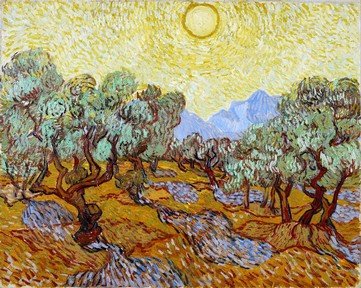Quiz Answer Key and Fun Facts
1. "The Blind Leading the Blind" is a 1568 painting depicting the Biblical parable from the gospel of Saint Matthew. Which Flemish Renaissance artist was the painter?
2. The beautiful "Allegory of Isabella d'Este's Coronation" dates to the early years of the 16th century. Set in a mythical "Garden of Harmony", this allegorical painting is the work of which Italian renaissance artist?
3. "Witches' Sabbath" (sometimes also called "The Great He-Goat") is a work dating to the early 1820s. It was originally painted in secret on the wall of the artist's house when he was in his mid-70s and battling mental and physical illness. This is a work by which Spanish painter from the Romantic era?
4. Painted in the 1660s, "The Art of Painting" (sometimes also called "The Allegory of Painting") is one of only two allegorical works by this artist. It is widely considered the most complex work by Dutch genre painter?
5. "Allegory of Virtue and Vice" is a giant 1580 work by an artist noted for his large paintings of both mythological and religious subjects. Who was this artist, one of the three who dominated painting in Venice during the late Renaissance period?
6. Painted between 1490 and 1500, "Allegory of Intemperance" was originally part of a hinged triptych that also included "The Ship of Fools" and "Death and the Miser". This is a work by which Dutch artist, known for his detailed illustrations of religious concepts?
7. "Holy Allegory" is a late-15th century work depicting a path to purification of the soul. It is the work of which Italian Renaissance artist who comes from a family of Venetian painters?
8. Painted in the late 1630s, "Self-portrait as the Allegory of Painting" was very controversial at the time. Who was the highly unusual Rome-born artist from the early Baroque period who painted this picture?
9. Painted in 1580, "Allegory of the Element Earth" depicts one of the four essential elements, 'earth', representing the season of autumn and the abundance of produce associated with that time of year. Who is the Italian Renaissance artist who painted this work?
10. We finish with a relatively modern painting, "Death and Life" from 1916. Much of this artist's work is associated with sensual eroticism and the female body. Who is the Symbolist artist?
Source: Author
EnglishJedi
This quiz was reviewed by FunTrivia editor
looney_tunes before going online.
Any errors found in FunTrivia content are routinely corrected through our feedback system.
